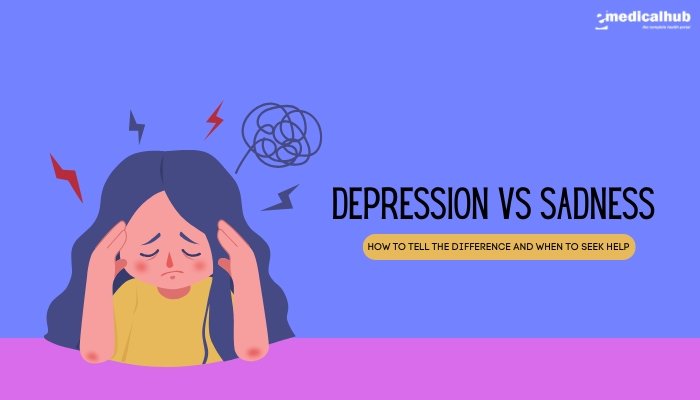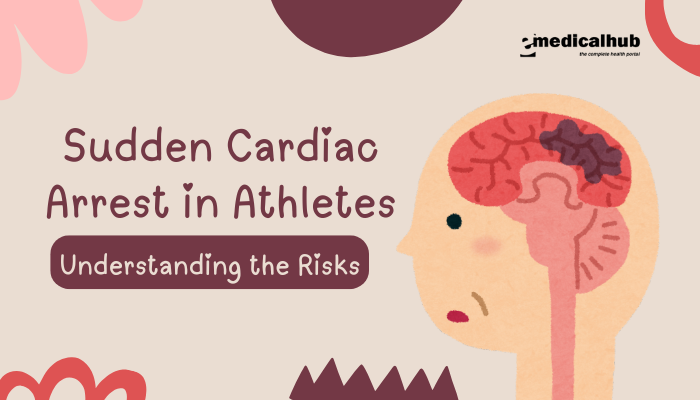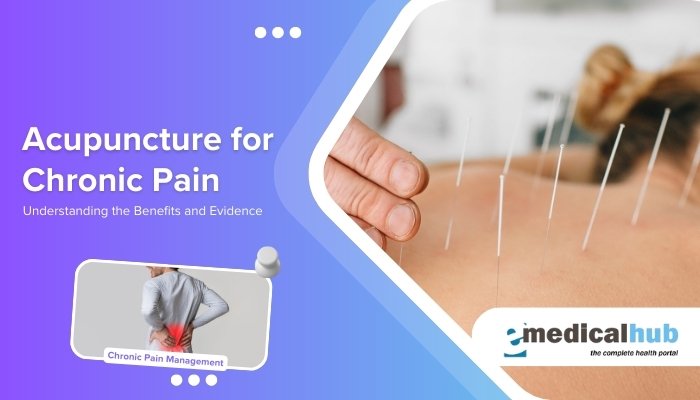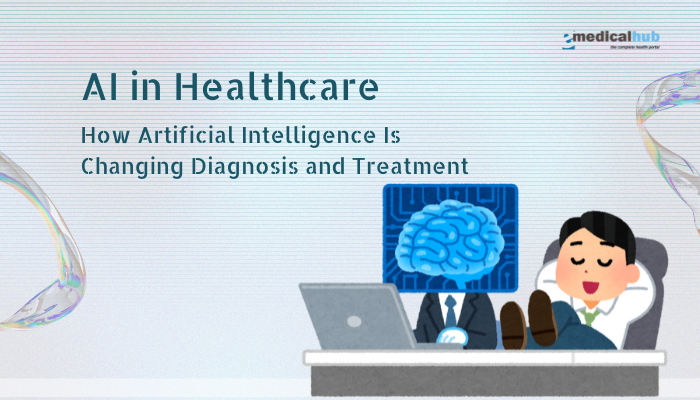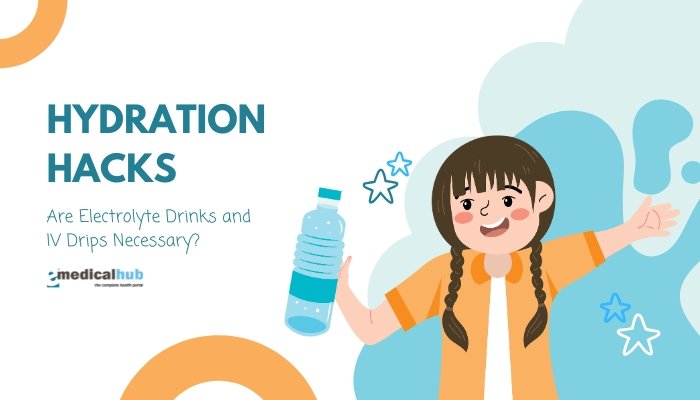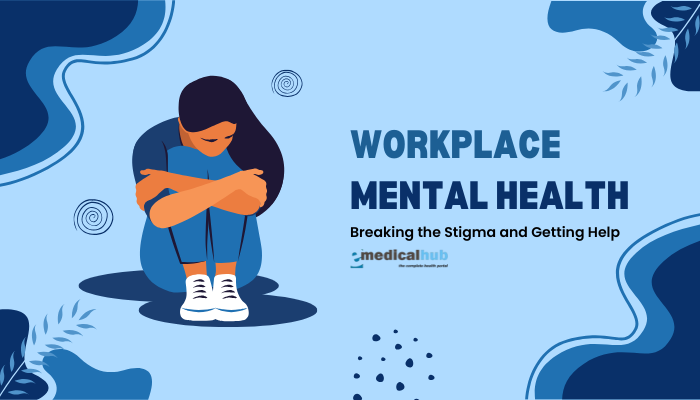Introduction
Everyone experiences sadness at points in their lives—times when disappointment, loss, or everyday stress leads to tears, a heavy heart, or a desire for solitude. Sadness is a normal human emotion that typically passes after its root cause is addressed or simply with the passage of time.
However, depression—a common and serious mood disorder—goes well beyond occasional sadness. It can persist for weeks or months, interfering with daily activities, relationships, and overall well-being. Knowing how to differentiate between short-term sadness and clinical depression is crucial for getting appropriate help early on.
This article clarifies the distinctions between sadness and depression, explaining how each manifests and how they may overlap. We will examine the typical signs and symptoms of depression, explore contributing factors, and provide recommendations on seeking professional help if you suspect depression rather than ordinary sadness.
Being aware of these differences can encourage timely intervention, preventing further emotional distress and fostering healthier coping.
Disclaimer: The information here is for educational use only and does not replace professional medical or mental health advice. If you or someone you know struggles with persistent low mood or suicidal thoughts, consult a qualified healthcare provider or contact an emergency helpline immediately.
Understanding Sadness as a Normal Emotion
What Is Sadness?
Sadness is a basic human emotion, as normal as joy or anger. It generally arises in response to a specific situation, such as:
- Loss or Grief: When a loved one passes away or a relationship ends, sadness is a healthy part of the grieving process.
- Disappointment: Missing a goal, failing at a task, or encountering an unexpected setback.
- Empathy or Compassion: Witnessing someone else’s suffering might evoke sadness.
Often, sadness resolves over hours or days, particularly as one adjusts, heals, or seeks comfort from friends and family.
Characteristics of “Normal” Sadness
- Clear Trigger: There’s usually a recognizable reason: conflict, loss, or frustration.
- Temporary: Although sadness might persist for a short while, the intensity often subsides.
- No Significant Interference: Life can go on—work, school, or daily routines—albeit dampened by occasional waves of low mood.
- No All-Encompassing Hopelessness: Sad individuals may still experience moments of laughter or enjoyment in other areas, even while carrying sadness.
Functions of Sadness
Far from meaningless, sadness can play a constructive role:
- Emotional Processing: Helps us process negative events, fostering reflection or problem-solving.
- Fostering Connection: Showing sadness can communicate need for support, encouraging empathy from others.
- Catalyst for Change: Realizing dissatisfaction with a situation might motivate one to make adjustments.
What is Depression?
Defining Depression
Major Depressive Disorder (MDD)—commonly referred to as clinical depression—is a psychiatric condition characterized by persistent, pervasive low mood and a loss of interest or pleasure in daily activities (anhedonia). This is often accompanied by changes in sleep, appetite, energy, and self-worth.
The key difference from sadness is its chronic nature and level of impairment. Clinical guidelines typically require that symptoms last at least two weeks, though many people endure them far longer before seeking help.
Signs and Symptoms of Depression
- Persistent Low Mood: Feelings of emptiness, hopelessness, or profound sadness that remain nearly every day for most of the day.
- Loss of Interest (Anhedonia): Activities once enjoyed bring no joy or motivation.
- Changes in Appetite or Weight: Significant weight loss or gain, or notable decrease/increase in appetite.
- Sleep Disturbances: Insomnia, broken sleep, or excessive sleeping.
- Fatigue or Low Energy: Feeling drained, with daily tasks requiring enormous effort.
- Feelings of Worthlessness or Excessive Guilt: Negative self-assessment, possibly out of proportion to real circumstances.
- Difficulty Concentrating: Struggling to think clearly, focus, or make decisions.
- Psychomotor Agitation or Retardation: Observable restlessness or slowed physical and emotional reactions.
- Thoughts of Death or Suicide: Recurrent or persistent suicidal ideation or attempts.
Varying Types of Depression
- Persistent Depressive Disorder (Dysthymia): Chronic but milder symptoms lasting at least two years.
- Seasonal Affective Disorder (SAD): Depressive episodes aligned with seasonal changes, often in winter.
- Postpartum Depression: Occurs after childbirth, with distinct triggers and complexities.
- Situational Depression: Triggered by specific life events but can evolve into a more pervasive major depression.
Key Differences Between Sadness and Depression
Duration
- Sadness: Usually passes once the troubling situation resolves or you adapt.
- Depression: Lasts for extended periods, typically two weeks or more, potentially months or years without treatment.
Level of Functional Impairment
- Sadness: Might cause some tears or subdued mood, yet daily responsibilities remain manageable.
- Depression: Markedly hinders normal functioning—work performance drops, self-care tasks can become daunting, and enjoyment is broadly absent.
Global Impact
- Sadness: Tends to revolve around one or a few negative aspects, with potential silver linings elsewhere.
- Depression: Pervasive negativity and bleakness overshadow multiple life areas, not limited to a single event.
Physical and Biological Changes
While sadness might cause fleeting changes in appetite or sleep, depression can cause marked shifts—like chronic insomnia, significant weight alterations, persistent fatigue, or slowed movement.
When Does Sadness Transition into Depression?
It’s typical for sadness to linger after a major event like a breakup, job loss, or bereavement. Some guidelines to identify if it’s tipping into depression:
- Time Span: Beyond two weeks, with no sign of lessening.
- Inability to Experience Pleasure: Even small joys or uplifting moments fail to lift mood.
- Self-Isolation: Actively avoiding social contact or losing interest in relationships.
- Heightened Guilt or Worthlessness: Disproportionate self-blame, negative self-talk about all aspects of life.
- Feeling Numb or Hopeless: A sense of a futureless horizon.
If these criteria appear, it’s time to consult a mental health professional.
Approaches to Address Depression
Professional Therapies
- Psychotherapy:
- Cognitive Behavioral Therapy (CBT): Helps identify and replace negative thought patterns with more constructive ones.
- Interpersonal Therapy: Focuses on relationship issues contributing to depression.
- Psychodynamic Therapy: Explores underlying emotional conflicts or past experiences.
- Medication:
- Antidepressants (SSRIs, SNRIs, etc.) can recalibrate neurotransmitters.
- Requires a prescription and monitoring for side effects.
- Combined Approach: Many benefit from medication plus therapy for multifaceted support.
Lifestyle Modifications
- Regular Exercise: Even moderate activity (30 min/day) can boost endorphins and mood.
- Healthy Diet: Balanced intake of nutrients supports overall well-being. Minimizing processed foods or excessive sugar might help.
- Mindfulness or Meditation: Reduces rumination and stress.
- Consistent Sleep Routine: Helps stabilize mood regulation.
Support Systems
- Friends and Family: Confiding in trusted individuals fosters belonging and reassurance.
- Support Groups: Peer-sharing experiences for encouragement, resources, and empathy.
- Volunteering or Community Activities: Involvement in meaningful tasks fosters purpose and combats isolation.
Alternative and Emerging Treatments
- Light Therapy: For seasonal mood changes.
- Transcranial Magnetic Stimulation (TMS): Noninvasive brain stimulation for treatment-resistant depression.
- Ketamine or Psilocybin: Investigational approaches for severe or resistant cases, under professional supervision.
Managing Normal Sadness
Time and Emotional Expression
- Allow Emotions: Crying or journaling can be cathartic.
- Short-Term: If sadness ties to a specific event, self-care like a relaxing bath, mild exercise, or talking to a loved one can aid recovery.
Self-Reflection and Coping
- Identify Triggers: A tough day at work or an argument might cause sadness. Understanding triggers clarifies the next steps.
- Healthy Outlets: Art, music, reading, or other hobbies can transform negative emotions into creative expression.
Distinguishing from Grief
Grief is a specialized form of sadness related to loss. Typical grief may be intense, but it waxes and wanes over time. If it becomes entrenched and does not ease, complicated grief or depression might be suspected.
Overcoming Stigma and Cultural Barriers
Myths About Depression
- “Depression is weakness.” In reality, mental health disorders arise from complex biopsychosocial factors.
- “You just need to think positive.” Oversimplifies a clinical condition that may need therapy or medication.
- “Depression means constant sadness.” Some depressed individuals feel numb or irritable rather than traditionally ‘sad.’
Encouraging Open Conversations
- Education: Understanding the difference between sadness and depression fosters empathy.
- Language Matters: Using accurate, nonjudgmental words helps reduce shame.
- Role of Employers/Schools: Providing resources, mental health days, or counseling support cultivates acceptance.
Special Populations
Teens
Adolescents may show depression as irritability, declining academic performance, or social withdrawal. Knowing the difference from typical teenage mood swings is key. Guidance counselors, pediatricians, or specialized adolescent therapists can step in if signs persist.
Seniors
In older adults, sadness might be explained away as normal aging or loneliness. Watch for changes in appetite, sleeping, or disinterest in once-loved activities. Untreated depression is common but treatable, often requiring a geriatric specialist’s help.
Postpartum Mothers
Postpartum depression extends beyond “baby blues.” If a new mother’s low mood, anxiety, or disconnection from her infant continues longer than two weeks, professional help is crucial.
Seeking Help: How to Start
- Primary Care Physician: An initial checkup can rule out medical causes (e.g., thyroid problems). The doctor may refer to mental health specialists.
- Mental Health Professionals: Psychologists, psychiatrists, or licensed counselors can evaluate, diagnose, and propose therapy or medication.
- Employee Assistance Programs (EAP): Many workplaces offer confidential counseling sessions.
- Community Hotlines: If suicidal or in crisis, contact a suicide prevention hotline or emergency services.
Remember: Even if your mood doesn’t qualify as clinical depression, professional guidance can be beneficial if sadness is persistent or impacts daily functioning.
Frequently Asked Questions (FAQ)
- Is it normal to have short periods of sadness every month?
Yes. Hormonal fluctuations or life stress can lead to short spells of sadness. If it’s mild and passes relatively quickly, it’s likely normal sadness rather than major depression. - How do I help a friend who might be depressed but denies it?
Approach with empathy, share observations (e.g., “I notice you’ve seemed down for weeks”), encourage professional evaluation, and be patient. Avoid pushing them; express your availability to listen or assist. - Can dietary changes or supplements cure depression?
Good nutrition and certain supplements (like vitamin D, B vitamins, or omega-3) may support mental health, but they alone don’t cure moderate or severe depression. They can complement professional treatments. - Are there smartphone apps to help track my mood?
Yes, many apps (like Moodfit, Daylio, etc.) help monitor mood patterns and triggers. Some provide basic coping tips. Use them alongside therapy or doctor’s guidance. - Why do I feel unmotivated to seek help even though I suspect I’m depressed?
A hallmark of depression is reduced motivation and hopelessness, which can hamper seeking care. Try confiding in a loved one or scheduling a single call to a mental health hotline to break the inertia.
Conclusion
Distinguishing between transient sadness and clinical depression is an essential step in safeguarding emotional well-being. While normal sadness typically has a discernible cause and fades with time or minor lifestyle adjustments, depression is more persistent, often affecting daily functioning, motivation, and overall health.
Recognizing the hallmarks of depression—such as constant low mood, loss of pleasure, and prolonged inability to cope—ensures you can take timely action.
If you suspect depression, seeking professional evaluation is key. A combination of therapy, medication, lifestyle interventions, and social support has proven highly effective for most people. Meanwhile, those merely facing “normal” sadness can adopt coping strategies like leaning on friends, establishing healthy routines, and letting time pass to heal emotional wounds.
Whether you’re contending with mild or more profound distress, know that help is available. By addressing mental health challenges head-on—whether mild sadness or significant depression—individuals can reclaim a sense of balance, hope, and resilience in their daily lives.
References
- American Psychiatric Association. Diagnostic and Statistical Manual of Mental Disorders (DSM-5). 5th ed. APA; 2013.
- World Health Organization. Depression and Other Common Mental Disorders. WHO; 2017.
- National Institute of Mental Health. Major Depression. Updated 2021.
- Gotlib IH, Hammen CL, editors. Handbook of Depression. 3rd ed. Guilford Press; 2014.
- Nelson JC, Papakostas GI. Atypical depression, anergic depression, and sleep disturbances. CNS Spectr. 2009;14(8):476-84.
- Lorant V, Deliège D, Eaton W, et al. Socioeconomic inequalities in depression: a meta-analysis. Am J Epidemiol. 2003;157(2):98-112.
- Kessler RC, Bromet EJ. The epidemiology of depression across cultures. Annu Rev Public Health. 2013;34:119-38.
- Beck AT, Alford BA. Depression: Causes and Treatment. University of Pennsylvania Press; 2009.
- Campbell-Sills L, Stein MB. Cognitive and behavioral treatments for anxiety. Psychiatr Clin North Am. 2014;37(3):461-478.
- Cuijpers P, van Straten A, Warmerdam L. Problem solving therapies for depression. Cochrane Database Syst Rev. 2007;(3):CD004724.
- https://www.nimh.nih.gov
- WHO. Maternal mental health. World Health Organization. [Accessed 2023].

